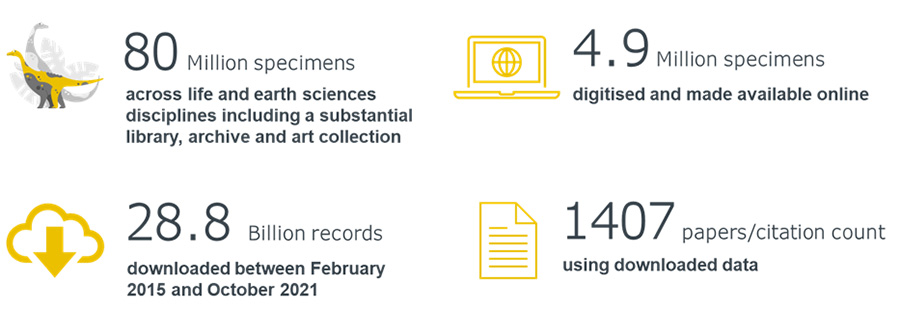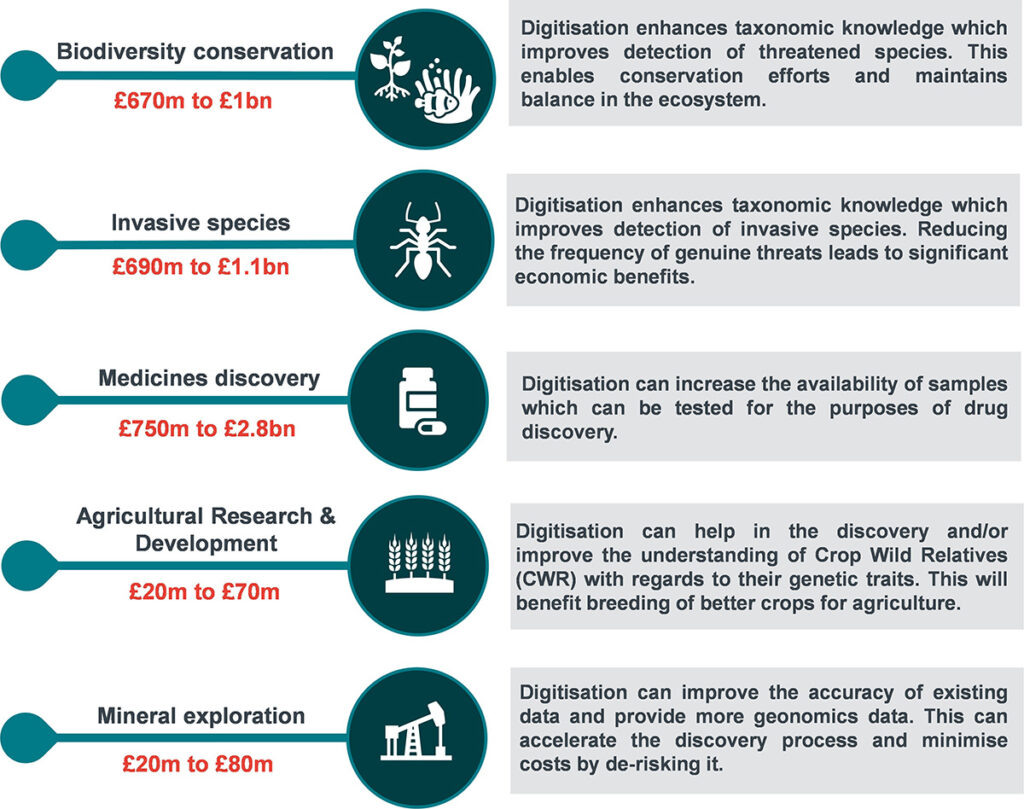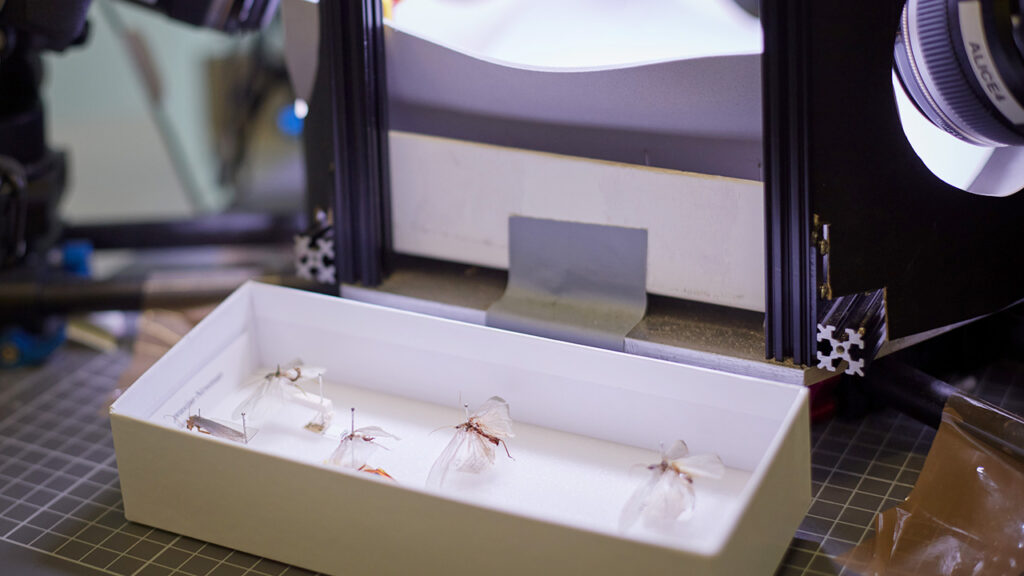Institutions have been digitizing their collections to preserve and platform cultural heritage long before the pandemic accelerated digital access. In 2014, London’s Natural History Museum (NHM) began a formal project to digitize the 80 million objects in its archives. Still ongoing, last week, the museum reported the digitization of its 5 millionth artifact for its Data Portal, an announcement accompanied by new research, funded by the institution and conducted by London-based consulting firm Frontier Economics Ltd, that highlights the far-reaching economic and societal value of digitization.
The compiled report, The Value of Digitising Natural History Collections, examined digitization’s impact via three methods: identifying key sectors that will benefit from digitized archives, analyzing the returns on investment in such scientific research, and pinpointing the efficiency savings that could be come with free and accessible data. A key finding notes that in 30 years, the return on the £200 million project is estimated to be more than £2 billion, a potential tenfold increase. Here are three takeaways from the report that further illustrate the benefits of digitization and online access.
Accessibility that reduces carbon footprint

The NHM’s Data Portal currently houses about six percent of the institution’s entire collection and since 2015, has seen 28.8 billion downloads. Image: Frontier Economics
Digital collections reduce carbon emissions, money, and time spent on arranging visits with curators, traveling to museums, and gathering individual data sets and photos. According to SYNTHESYS+, a European Commission project working to integrate natural history collections that Frontier consulted in their report, scientists spend on average 10 days and $2,755 to visit institutions for one project. Such time and cost savings could potentially be reinvested into research.
Access that spurs research

According to estimations by Frontier Economics, digitization can help spur research and conservation efforts that all together are valued at upwards of £2 billion. Image: Frontier Economics
By increasing access, searchability, preservation, and interaction with objects, digital collections greatly advance research efforts in domains spanning medical discovery to mineral exploration. Between 2015 and 2021, 28.8 billion NHM records were downloaded, with 1,500 articles citing the digital collection, among which was a global warming study that significantly contributed to biodiversity work done by the Intergovernmental Panel on Climate Change. Similarly, the NHM’s digitized bat collection has aided scientists in understanding viral transmissions from bats to humans, like the zoonotic disease COVID-19.
As Dan Popov, Economist at Frontier Economics Ltd, put it in a press statement, “The Natural History Museum’s collection is a real treasure trove which, if made easily accessible to scientists all over the world through digitization, has the potential to unlock ground-breaking research in any number of areas.”
Research that supports conservation

Digitizing natural history collections, the report notes, can contribute to global advancements in food security, biodiversity conservation, medicine discovery, and mineral exploration. Image: Stenoperla prasine, a stonefly in the process of digitization © The Trustees of the Natural History Museum, London
And the upshot of the above research? It can aid in conservation efforts and support sustainability, as data from the past can facilitate an understanding of the present. For instance, in 2020, researchers published sequenced genomes for 16 wheat species, featuring samples from NHM’s digital collection, aimed improving crop yields and bettering genetic immunity to pathogens, reducing the need for environmentally devastating pesticides.
“[The museum’s] digitized collections have helped establish the baseline plant biodiversity in the Amazon, found wheat crops that are more resilient to climate change, and support research into the potential zoonotic origins of COVID-19,” says Helen Hardy, NHM’s Science Digital Programme Manager. “The research that comes from sharing our specimens has immense potential to transform our world, and help both people and the planet thrive.”



